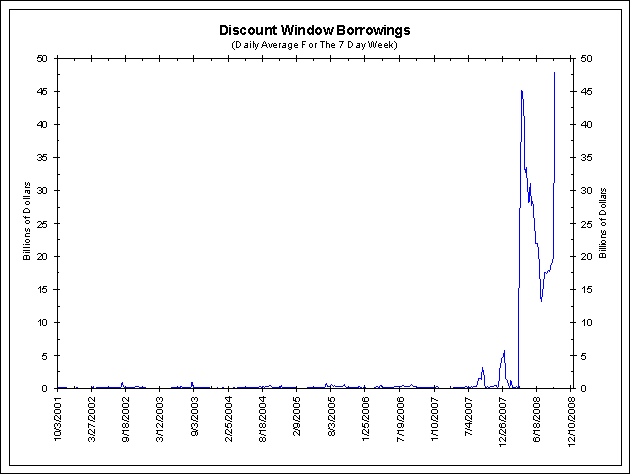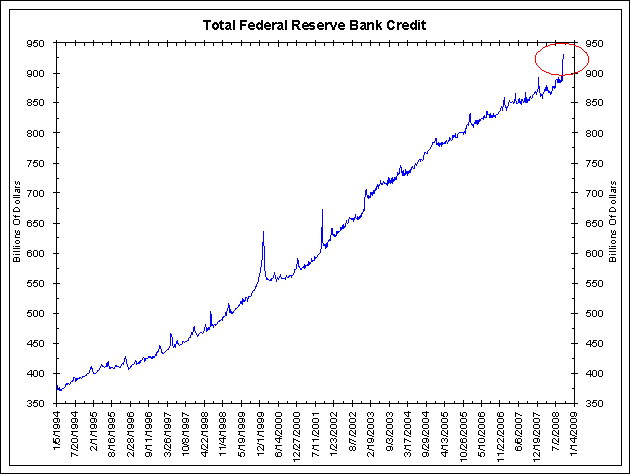Comment The news of the last 24 hours is nothing short of overwhelming. We will have more in our conference call early next week and the coming days as we understand the details of what has been proposed. But first, some initial thoughts ….
What Have All These Plans Accomplished?
Our operating premise is that the historic actions of the last 15 months (starting in August 2007) have prevented nothing from happening, they have just stretched out the time frame. The panic of September 2008 would have probably occurred in September 2007 without Federal Reserve and Treasury intervention. The problem is asset prices are at the wrong level, thanks to falling home prices, and the markets need to adjust to this new reality. We don’t like this adjustment so we have been trying to prevent it.
Along the way too many financial firms and their executives have played “fast and loose” with public statements and financial statements. There were too many public comments that these firms were done raising capital or experienced their last quarterly write-down only to raise capital or have larger write-downs later on. This has taken its toll on confidence. The panic that ensued is a rational outcome of being lied to one too many times.
Misjudging Lehman
The Federal Reserve and Treasury badly misjudged the fallout from a Lehman bankruptcy. Hank Paulson said that the market was “ready” for the consequences. The markets had six months to prepare for it. Could he have been more wrong? In the five days since the Lehman bankruptcy, we have seen:
-
An acceleration of AIG’s problems. They very well would have had the same issues and may have ended up in the same place, but our guess is the Federal Reserve would not have needed to bail out AIG just two days after Lehman’s failure. It would have taken many more weeks.
-
Money funds broke the buck thanks to owning Lehman paper and this created a bailout and the eventual bailout of the nation’s money market funds.
-
Merrill was forced into the arms of Bank of America. Morgan Stanley is talking to Wachovia.
-
The Federal Reserve has set modern land speed records in its injection of liquidity into the financial system. Today they announced non-recourse loans to buy bad assets from money market funds (asset-baked commercial paper).
-
The Federal Reserve announced a new RTC type structure to buy the bad assets of financial firms. The top 100 financial firms have over $1.2 trillion of “Level 3” assets. The asset this structure buys will come from this group. Nobody knows what percentage they will be buying yet.
The New RTC is the Opposite of The Old RTC
Everything is in the words one uses. The proposed RTC structure is more like the failed SIV M-Lec structure than the old RTC structure. But we call it the “RTC” because that was a success!
There is a big difference. The old RTC structure of the late 1980s took government assets and privatized them. Recall that hundreds of thrifts failed in the 1980s and were taken over by the Office of Thrift Supervision (OTS) and the old Federal Savings and Loan Insurance Corporation (FSLIC). The purpose of the old RTC was to privatize these government assets. It was precisely because the federal government held so much of the banking system that there was no sustainable recovery. Once these assets were back in the private sector, the banking system recovered.
The new RTC structure will nationalize large swaths of bad assets held in the private sector. This is not a solution to fix the problem. It is a solution to transfer it somewhere else. This will affect the operations of the federal government for years to come. In fact, we do not believe we are out of line when we say that events of the last two weeks might affect the next four years in Washington more than the upcoming election.
These are some initial thoughts, we will discuss them more at length next week and in our upcoming conference call either Monday or Tuesday.

<Click on chart for larger image>

<Click on chart for larger image>


